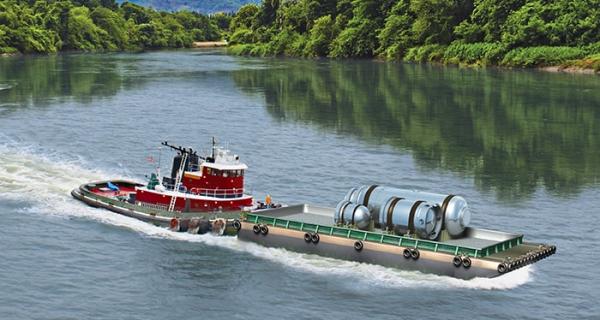Is "no grid" the smartest grid of all?
And if it is, what is the MAIN reason?
What is a Smart Grid anyway?
The Grid in “Smart Grid” is the electric grid, that is the whole network of transmission lines, substations and other equipment that distribute electricity from power plants to their end users. Electric grids worldwide are aging, and regardless of age could not cope with the “increasing complexity and needs of electricity in the 21st Century” anyway. The solution is to make them Smart Grids, that is grids that, thanks to digital technologies, can “move” electricity back and forth among utilities and customers in real time, in the safest and most efficient way.
Bypass all grids, smart or dumb! Or not?
There is a long, post out there, discussing how “the benefits of different smart grid technologies vary widely”. The conclusions that I find most worthy of debate are:
- “Utilities, regulators, and politicians can choose the path. On one extreme is the harmonious grid and on the other is anarcho-energy."
- “technologies that bypass the grid have inherent advantages”
The “anarcho-energy” scenario, as promising as it may seem, may be the least “portable” both in space and in time. If I understand it correctly, it seems limited to places where the majority of people live and will continue to live in single-family homes, scattered in rural areas, or at most in urban suburbia.

The “technologies that bypass the grid” would be:
- Solar + Batteries
- Nuclear Batteries
- Small Wind Turbines
- Industrial Co-Location
And all I want to add here is one comment to the explanation of the fourth one:
“These new technologies have low maintenance and labor requirements. Having them onsite is not a burden like a diesel generator or a gas turbine is. Small modular nuclear reactors or geothermal with solid-state heat engines could compete in applications where solar + storage is weaker if they can reduce costs."
As far as I know, that is correct, but misses the most important advantage of co-location of those energy sources with (local) industries, which is the political one.
Who writes this, why, and how to help
I am Marco Fioretti, tech writer and aspiring polymath doing human-digital research and popularization.
I do it because YOUR civil rights and the quality of YOUR life depend every year more on how software is used AROUND you.
To this end, I have already shared more than a million words on this blog, without any paywall or user tracking, and am sharing the next million through a newsletter, also without any paywall.
The more direct support I get, the more I can continue to inform for free parents, teachers, decision makers, and everybody else who should know more stuff like this. You can support me with paid subscriptions to my newsletter, donations via PayPal (mfioretti@nexaima.net) or LiberaPay, or in any of the other ways listed here.THANKS for your support!